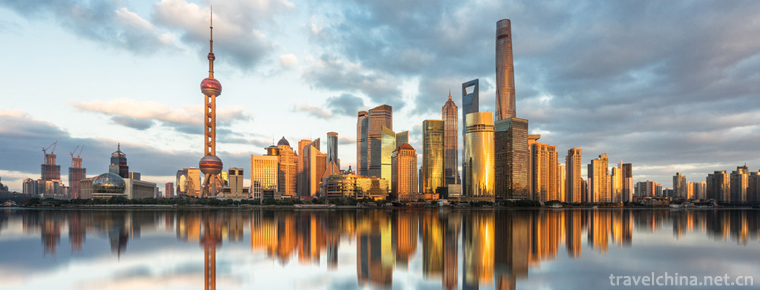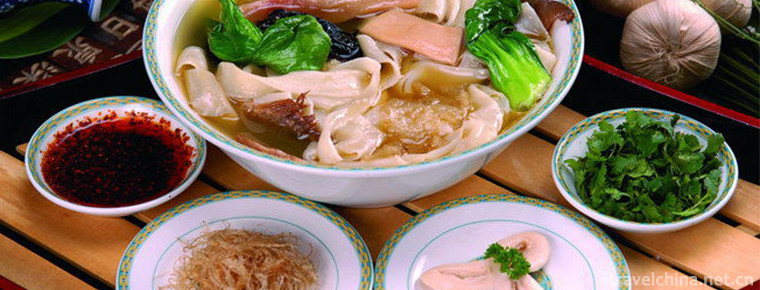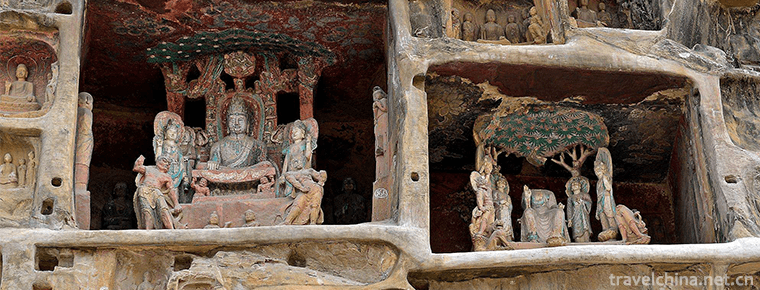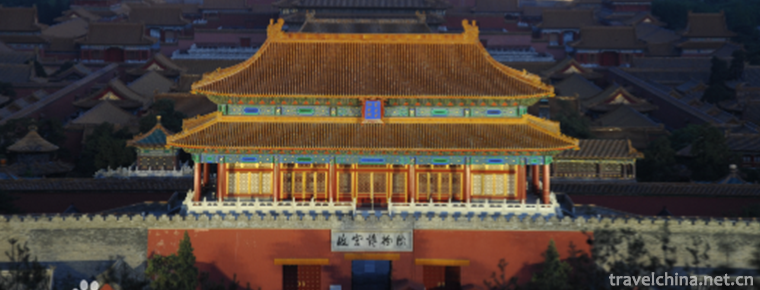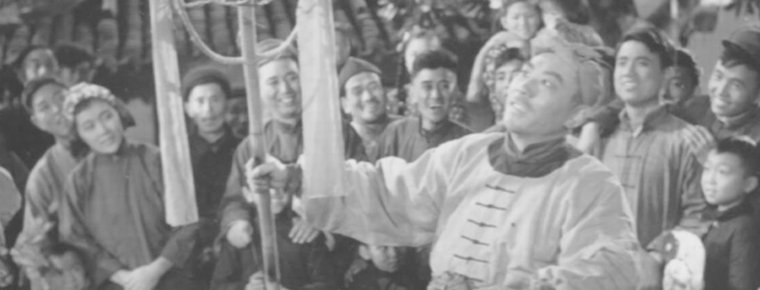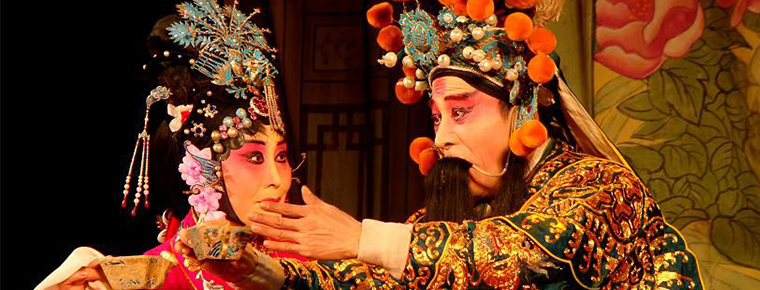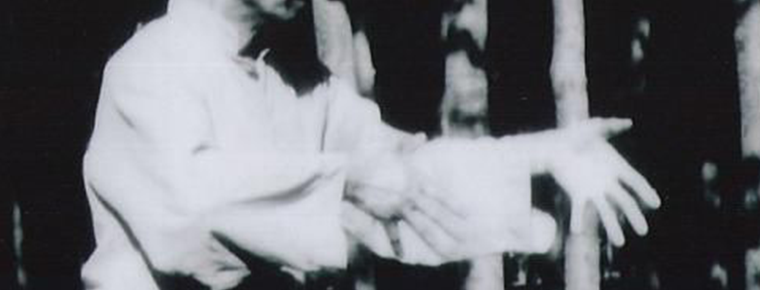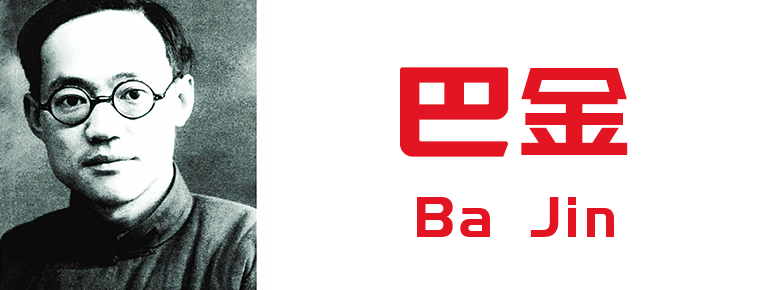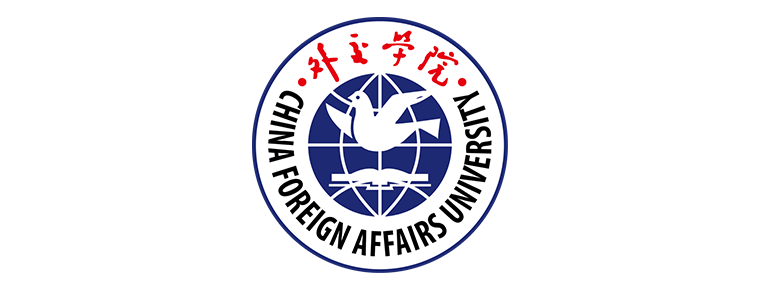Qinghai Lake offering sacrifices to the sea
Qinghai Lake offering sacrifices to the sea
Qinghai Lake is a pearl on the plateau of the mangyang snow area, which has been admired by people for thousands of years. This paper systematically expounds the origin, course, ritual rules and contemporary evolution of the sacrifice to the sea in Qinghai Lake, and tries to explore the historical evolution of the phenomenon of sacrifice to the sea. Qinghai Lake offering sacrifices to the sea is not only a folk custom activity with strong religious color, but also a cultural phenomenon, which contains many folk customs, and also expresses people's desire for harmonious coexistence with nature.
On June 14, 2008, the Qinghai Lake Sacrifice to the Sea declared by Haibei of Qinghai Province was approved by the State Council to be included in the second batch of national intangible cultural heritage list (category: folklore; number: _-86).
historical origin
The activities of offering sacrifices to the sea originated in Yongzheng period. In the second year of Yongzheng, General Nian Xiyao led the army to calm the rebellion of Qinghai Mongol leader Rob Zangdanjin, and to pursue the rebels to Qinghai Lake, the army began to run short of drinking water. At this time, a group of cavalry horses came from a distance. Several horses'hooves were stepping on the ground. The fresh water gushing out immediately solved the problem of drinking water for the army. The morale-boosting officers and men united to wipe out the rebels. After the Emperor Yongzheng heard about it, the imperial edict sealed the "Spiritual Revelation of Qinghai Lake", emperor granted the throne, placed it in the sea temple of Qinghai, and ordered regular sea worship in August every year (July 15 of the lunar calendar). Since then, large-scale sea worship activities began.
The sacrifice to the sea is the sacrifice to Qinghai Lake, which was originally a Mongolian tradition. Originally, the Mongolians who believed in Shamanism believed that all things were spiritual, especially that heaven was the Supreme god. In the Yuan Dynasty, the Mongolian people had the custom of offering sacrifices to heaven, mountains and seas. Since the Qing Dynasty, the sacrificial activities of Qinghai Lake have become more large-scale and religious. At the same time, Tibetans around the lake also took part in the sacrificial ceremony.
Nowadays, the ceremony of offering sacrifices to the sea in Qinghai Lake has been totally Tibetan. For Tibetan compatriots, offering sacrifices to the sea in Qinghai Lake is a very sacred thing, just like turning the year of horse into the sacred mountain and the year of sheep into the sacred lake. And large-scale sea worship ceremony once or twice a year, if you can catch up with the sea worship ceremony presided over by the eight living Buddhas on the edge of Qinghai Lake, that is the lucky life of Sansheng.
Activity content
Aquarius is one of the eight treasures in Tibet and an indispensable sacrificial object in the ceremony of offering sacrifices to the sea. The vase contains barley, wheat, pea, corn and broad beans. Coral, honeywax, agate and other grains are ground into flour and mixed into the vase. Finally, the vase is put into the Jingpai, which is then tied by the Living Buddha. In the ceremony of offering sacrifices to the sea, the people put the vase bearing their wishes into Qinghai Lake to pray for the realization of their wishes.
Along the 999-meter-long wooden trestle road to the sacrificial platform, more and more Tibetans are holding vases made of cereals in their hands. They stood on the altar, rounded their arms, threw the vase into the Qinghai Lake, and sent out their wishes.
In the rippling Qinghai Lake, ecological treasure bottles float on the water, which not only allows Tibetan people to pray for national security, the prosperity of human and animal, and the prosperity of grain, but also is their intention to protect Shenhu Lake.
Inheritance Significance
In 2008, it was selected as the second batch of national intangible cultural heritage list approved by the Ministry of Culture by the State Council. Qinghai Lake is the "holy lake" in the hearts of the Tibetan people living here. Every year, the local Tibetan people come to the lake in groups to "sacrifice to the sea" in their own way, in order to pray for national peace, prosperity of people and livestock, and prosperity of grain.
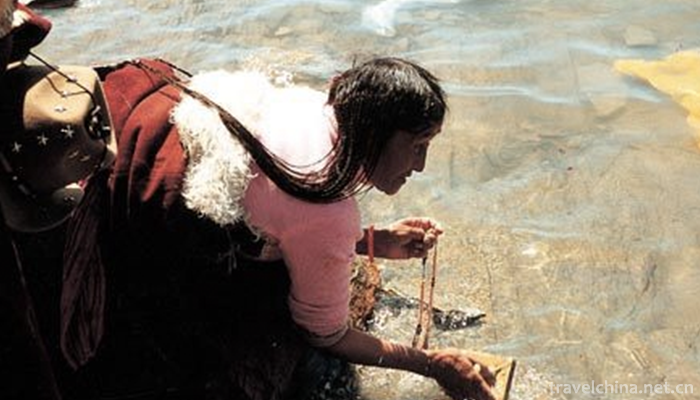
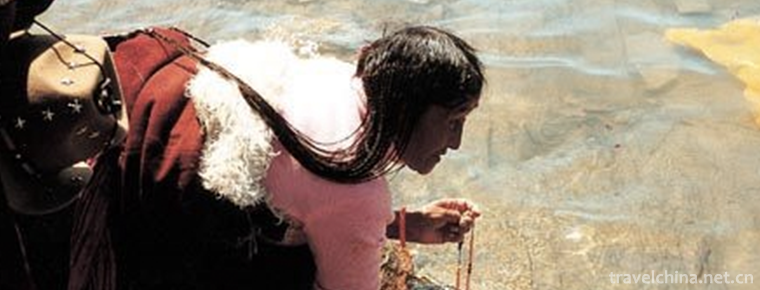
Qinghai Lake offering sacrifices to the sea
-
Shanghai
People's Republic of China municipality directly under the central government
Views: 299 Time 2018-10-12 -
Zhengzhou Xiao Ji stewed noodles
Zhengzhou Xiao Ji stewed noodles,Xiao Honghe, the founder of Xiao Ji Yanmian, was a master of Yifumian at Changchun State-owned Hotel in Zhengzhou.
Views: 199 Time 2018-11-26 -
Qianfoya Scenic Spot
Guangyuan Qianfoya is the largest grotto group in Sichuan Province. The statues of cliffs began in the Northern Wei Dynasty. After nearly 1500 years, the cliffs, which are 45 meters high and 200 meter
Views: 130 Time 2018-12-26 -
Construction Skills of Official Ancient Architecture
In the process of construction and maintenance of the Palace Museum ancient buildings, a complete set of traditional palace building construction techniques with strict shape has been formed on the ba
Views: 322 Time 2019-05-01 -
Shanghai Opera
Shanghai Opera, a local traditional drama in Shanghai, is one of the national intangible cultural heritage.
Views: 187 Time 2019-05-03 -
Huai tune Huai Diao
Huai Diao, also known as Huai Diao, also known as Zhanghe Old Diao, is one of the national intangible cultural heritage.
Views: 378 Time 2019-05-04 -
Yi Quan
Yiquan, also known as Dacheng Quan, is one of the traditional Chinese boxing and belongs to Neijia Quan. It comes from mind boxing. Including: standing pile, trial, footwork, strength, sound test, pus
Views: 197 Time 2019-07-13 -
Ba Jin
Ba Jin (November 25, 1904 - October 17, 2005), male, Han nationality , Sichuan Chengdu Man, his ancestral home Zhejiang Jiaxing 。 Ba Jin's original name Li Yao Tang And another pen name, Pei pole, bli
Views: 310 Time 2019-09-06 -
China Foreign Affairs University
China Foreign Affairs University is a small scale, high level and distinctive foreign ministry's sole institution directly under the guidance of serving the cause of China's diplomacy and cultivating
Views: 185 Time 2019-11-29 -
Kangding yak meat
There are many wild medicines such as Fritillaria, Cordyceps and so on growing in these areas over 3500 meters. Yaks often eat these herbs, and their meat is incomparably delicious. After being killed, they can be roasted in brown sauce, stewed or dried in the cold
Views: 213 Time 2020-12-06 -
Administrative division of Panzhihua
Panzhihua City has 5 county-level administrative divisions (Municipal District 3, county 2) and 49 township level administrative divisions (street 11, town 23, township 15). It covers an area of 7440 square kilometers and has a population of 1.12 million. Panzhihua Municipal People's government is located at No. 2, bingcaogang street, East District.
Views: 336 Time 2020-12-14 -
Leshan climate
Leshan has formed a variety of climate types under specific geographical conditions. Because the region is located near 29 ° n, the city belongs to the middle subtropical climate zone, with the characteristics of four distinct seasons, abundant rainfall, water
Views: 406 Time 2020-12-17
